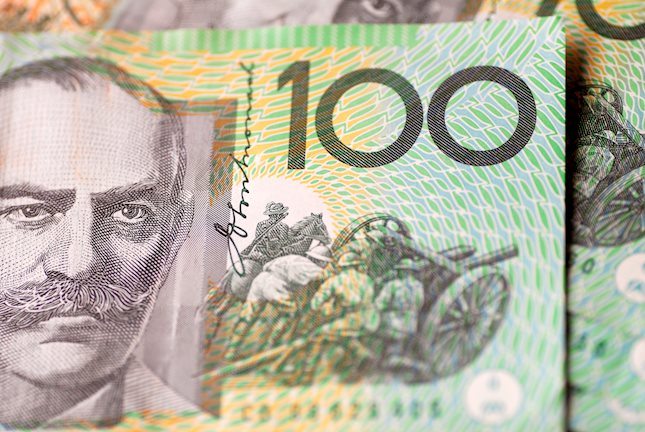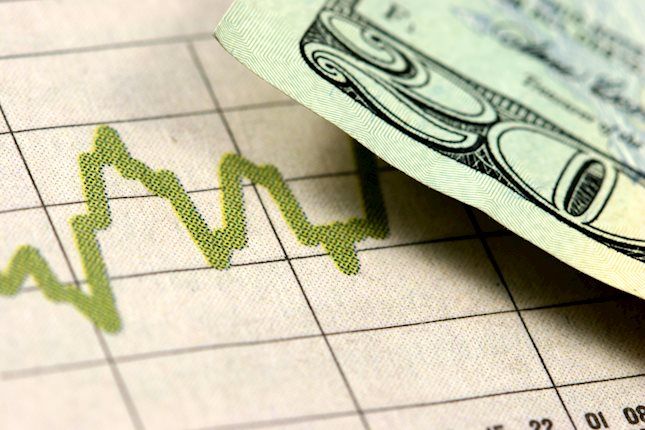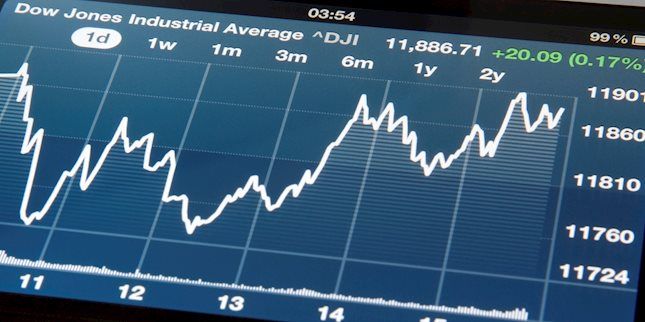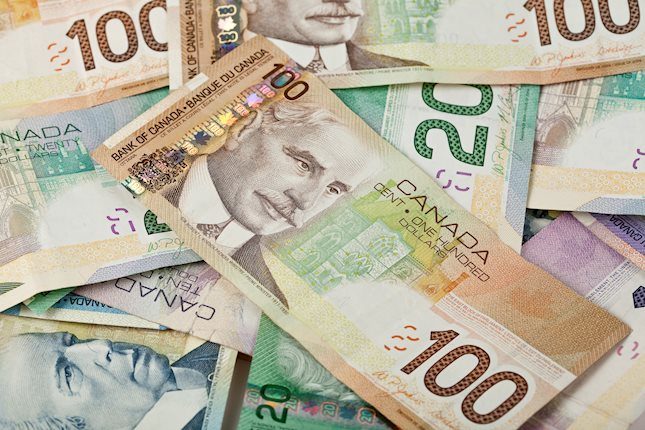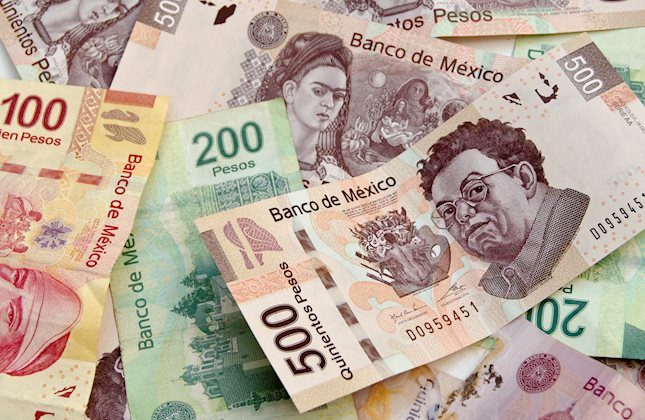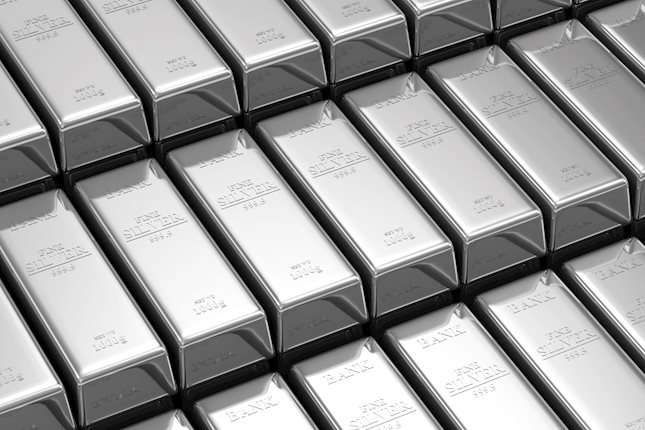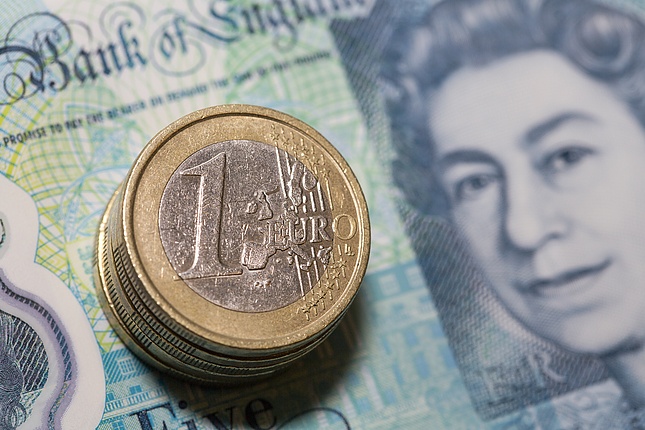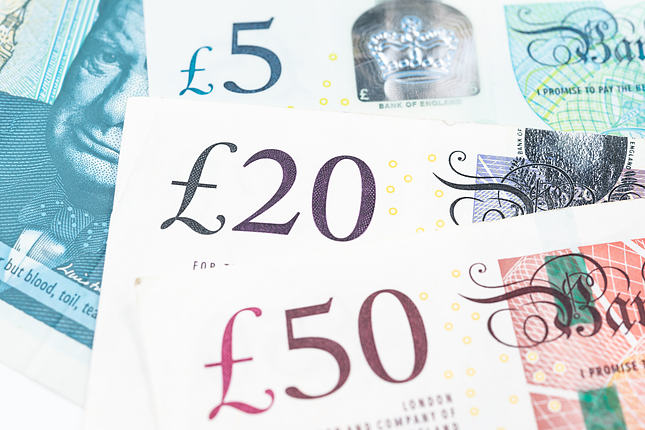Australian Dollar sees some light as USD pulls back
- AUD/USD defends its ground due to a modest pullback in the US Dollar.
- Corrective decline in US Treasury bond yields and profit-taking around the safe-haven US Dollar benefit the risk-sensitive Australian Dollar.
- Monetary policy divergences between the Fed and RBA might also benefit the Aussie.
The AUD/USD traded around 0.6625 during Thursday's session. A modest pullback in the US Dollar and a stable performance in equity markets contributed to the Aussie losing further ground.
Corrective declines in US Treasury bond yields and profit-taking around the safe-haven US Dollar might affect the risk-sensitive Australian Dollar. In addition, while the Federal Reserve (Fed) is expected to cut interest rates two more times in 2024, the Reserve Bank of Australia’s (RBA) hawkish stance might also limit the AUD/USD decline.
Daily digest market movers: Australian Dollar gains on USD pullback
- The USD Index (DXY) retreats due to a decline in US Treasury bond yields and a stable equity market, benefiting the risk-sensitive AUD.
- The US flash PMI prints for October show higher Composite and Manufacturing activity, while Services activity remains strong but fails to benefit the USD.
- The RBA isn’t showing clear signs of embracing rate cuts as it maintains the Official Cash Rate (OCR) at 4.35%, while the Federal Reserve is expected to cut in November and December.
AUD/USD technical outlook
The Relative Strength Index (RSI), which measures the momentum of price changes, is at 34, suggesting that selling pressure is flat. The Moving Average Convergence Divergence (MACD), which is used to identify trend changes and trading signals, is below the zero line. The red histogram suggests that selling pressure is rising. The overall outlook is bearish, and it would be reinforced if the sellers breach the 200-day SMA at 0.6630.
RBA FAQs
The Reserve Bank of Australia (RBA) sets interest rates and manages monetary policy for Australia. Decisions are made by a board of governors at 11 meetings a year and ad hoc emergency meetings as required. The RBA’s primary mandate is to maintain price stability, which means an inflation rate of 2-3%, but also “..to contribute to the stability of the currency, full employment, and the economic prosperity and welfare of the Australian people.” Its main tool for achieving this is by raising or lowering interest rates. Relatively high interest rates will strengthen the Australian Dollar (AUD) and vice versa. Other RBA tools include quantitative easing and tightening.
While inflation had always traditionally been thought of as a negative factor for currencies since it lowers the value of money in general, the opposite has actually been the case in modern times with the relaxation of cross-border capital controls. Moderately higher inflation now tends to lead central banks to put up their interest rates, which in turn has the effect of attracting more capital inflows from global investors seeking a lucrative place to keep their money. This increases demand for the local currency, which in the case of Australia is the Aussie Dollar.
Macroeconomic data gauges the health of an economy and can have an impact on the value of its currency. Investors prefer to invest their capital in economies that are safe and growing rather than precarious and shrinking. Greater capital inflows increase the aggregate demand and value of the domestic currency. Classic indicators, such as GDP, Manufacturing and Services PMIs, employment, and consumer sentiment surveys can influence AUD. A strong economy may encourage the Reserve Bank of Australia to put up interest rates, also supporting AUD.
Quantitative Easing (QE) is a tool used in extreme situations when lowering interest rates is not enough to restore the flow of credit in the economy. QE is the process by which the Reserve Bank of Australia (RBA) prints Australian Dollars (AUD) for the purpose of buying assets – usually government or corporate bonds – from financial institutions, thereby providing them with much-needed liquidity. QE usually results in a weaker AUD.
Quantitative tightening (QT) is the reverse of QE. It is undertaken after QE when an economic recovery is underway and inflation starts rising. Whilst in QE the Reserve Bank of Australia (RBA) purchases government and corporate bonds from financial institutions to provide them with liquidity, in QT the RBA stops buying more assets, and stops reinvesting the principal maturing on the bonds it already holds. It would be positive (or bullish) for the Australian Dollar.
Forex News
Keep up with the financial markets, know what's happening and what is affecting the markets with our latest market updates. Analyze market movers, trends and build your trading strategies accordingly.




